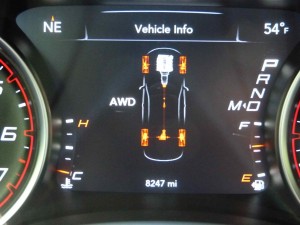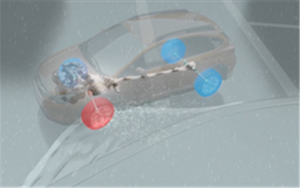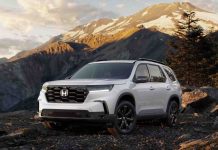Here’s the latest reader question, along with my reply!
Charles asks: I’m curious about the pros & cons of various AWD systems. In the past 15 years I’ve owned a Jetta, a Crosstrek and now a 3-series with X-Drive. I do a lot of highway driving (hour commute each way) and in subtle ways the Beemer feels less stable on wet or snowy roads even than the FWD Jetta. It’s so subtle, in fact, I wonder sometimes if I’m just imagining it. So my question: is X-Drive a good AWD, and how does it compare to other systems out there? P.S. Thanks again for all of the work you put into this site. Always informative & entertaining. (And often infuriating when you’re exposing the sonsabitches who appoint themselves our overlords.)
My reply: Well, the first consideration is the underlying layout. The Jetta and Crosstrek are FWD layouts (transverse engine/transaxle; a combined assembly of the transmission and axle) while the 3 Series BMW is a RWD layout (longitudinally mounted engine, with a separate transmission bolted to the rear of the engine – sending power via a driveshaft to the separate rear axle.
Obviously, in the FWD car, all of the power is routed to the front wheels – and to the rear wheels, if the car is RWD. 
Not so obvious is what happens when AWD is added to the mix.
Most FWD-based cars with AWD will “default” to almost all the engine’s power still going to the front wheels until wheelslip is detected, at which point some power (in some cases, as much as 90 percent) is temporarily routed to the rear wheels.
It’s the reverse in a RWD-based car like the BMW 3 Series. Even with x-Drive AWD, most of the time, almost all of the engine’s power is going to the rear wheels.
The FWD car (even with AWD) is “nose heavy” by design – and inclined to understeer during high speed cornering near the limits of adhesion but feels more stable short of that, while cornering at moderate speed. 
The RWD car (even with AWD) will usually oversteer during high speed cornering, which enthusiast drivers usually prefer, in part because you can “steer” the car using the throttle, because almost all of of the engine’s power is default going to the rear rather than the front wheels. In addition, the RWD-based layout is more balanced because the weight of the drivetrain is spread out more evenly, front to back.
Some AWD systems – Subaru’s – actually correct for understeer/oversteer by using the traction/stability control to selectively brake individual wheels while (in some case) routing power to – or away from – individual wheels. This gives more neutral handling characteristics.
There is also another consideration that has nothing to do with FWD/RWD or AWD – but can be decisive, as far as handling/feel:
A sport sedan like the BMW is likely to be fitted with sport tires; possibly even “summer” high-performance tires – optimized for high-speed handling on dry pavement.
A Jetta or Crosstrek is much more likely to be fitted with tires more suited to everyday driving and for better traction in the wet and snow.
That plus suspension tuning probably explains why the BMW feels less stable in snow and wet than the Crosstrek and Jetta… because it is!
BMW designed the 3 to be – primarily – a sport sedan. AWD was added because people want this feature, but this car is not fundamentally a snow-day/wet day car. Adding AWD helps, of course. But it’s akin to putting more padding on a quarterback and putting him in the position of a linebacker. He may get hurt less.
The Crosstrek (especially) but also the Jetta are more practical cars; they were designed to be better in poor weather; with AWD (standard in the Soobie, of course) they are superior. It’s akin to giving a linebacker steroids.
He will hurt the other linebacker more!
Me personally? I would buy the RWD 3 Series for the “fun” car – and the Soobie or Jetta for everyday.
Or at least, for snow days!
. . .
Got a question about cars, Libertarian politics – or anything else? Click on the “ask Eric” link and send ’em in!
If you like what you’ve found here please consider supporting EPautos.
We depend on you to keep the wheels turning!
Our donate button is here.
If you prefer not to use PayPal, our mailing address is:
EPautos
721 Hummingbird Lane SE
Copper Hill, VA 24079
PS: Get an EPautos magnet (pictured below) in return for a $20 or more one-time donation or a $10 or more monthly recurring donation. (Please be sure to tell us you want a sticker – and also, provide an address, so we know where to mail the thing!)
My latest eBook is also available for your favorite price – free! Click here. If that fails, email me at EPeters952@yahoo.com and I will send you a copy directly!












Personally, I’d skip the awd and spend the savings on better tires.
No need for awd these days, unless you live in Montana or Alaska or somewhere with tons of snow and bad roads.
Only other exception is if you Rally or if you’re offroading and need the extra traction, though that’s just about it tbh
My old Z 71 has an Auto 4WD that’s much better on just slick stuff since it moves power around for the most traction. It has a different transfer case than the regular 4WD. It shines in the really slick stuff which for me is mainly mud.